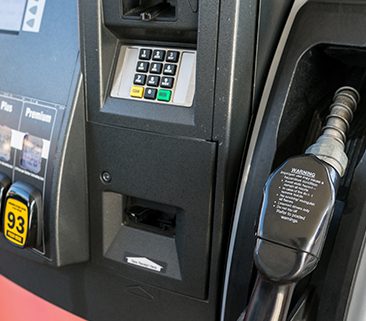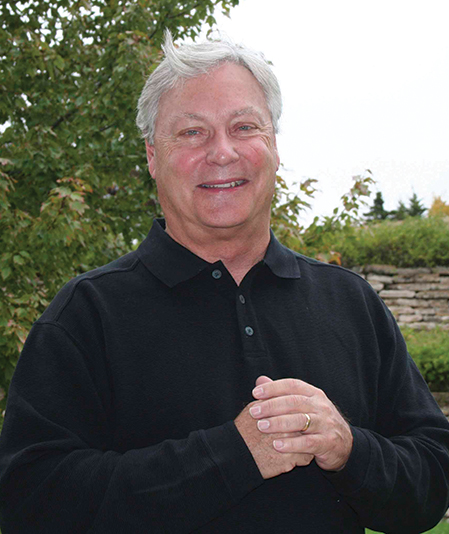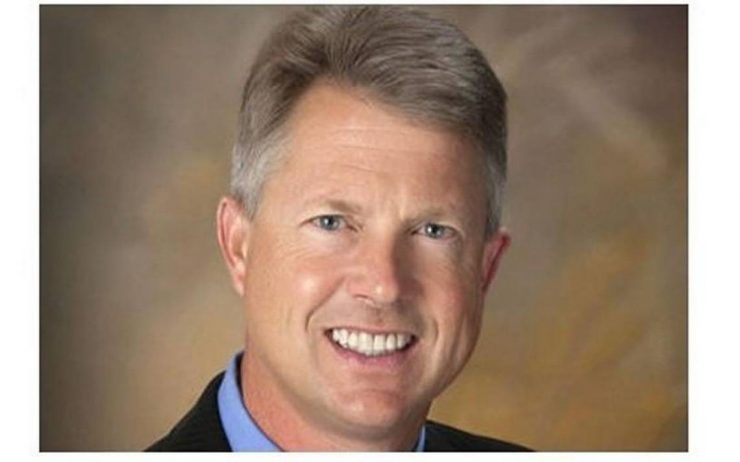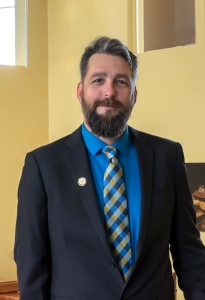
Natural disasters have taken their toll in many areas of the U.S. lately. Wildfires, floods, hurricanes, and drought–these dramatic weather events have a profound effect on families, communities and businesses.
In these tough times, Kansans stepped up to help those in need. Kansas farmers donated hay and trucked it to fire-ravaged Montana and drought-stricken North Dakota to help feed livestock. Kansas’ food banks and their supporters sent food and cleaning supplies to Texas and Florida to aid in the aftermath of Hurricanes Harvey and Irma, with Harvesters–The Community Food Network even lending staff members to assist food banks in the affected areas.
While Congress begins to vote on bills to fund emergency disaster relief, we are reminded of the importance of a strong farm bill.
The farm bill is a multi-year law that sets policy and funding levels for most of the agricultural and nutrition programs. This important legislation provides relief to farmers and families impacted by these disasters and many others just like them, and it provides that relief outside of the political processes involved in disaster declarations and funding. It is a critical safety net for America’s families – both urban and rural.
Crop insurance and the farm bill safety net programs are very important risk management tools farmers use to protect themselves from natural disasters and the inconsistencies of weather. When faced with drought, fire or flooding, farmers cannot wait for a disaster declaration and the funds that may follow months later. They need the certainty of a strong crop insurance program that will help them assess their financial position as quickly as possible so they can get another crop in the ground to help feed all of us.
Federal nutrition programs are the other important piece of the farm bill. They protect American families from hunger and food insecurity.
When a disaster hits a family – like a health emergency, a lost job or a natural disaster – the Supplemental Nutrition Assistance Program (SNAP, formerly known as food stamps) is there to help by providing food to those in need.
USDA also partners with food banks like the Kansas Food Bank, Second Harvest Community Food Bank and Harvesters to provide The Emergency Food Assistance Program (TEFAP) commodity foods to households impacted by disasters before food retailers reopen. Disaster-SNAP (D-SNAP) is specifically designed to help people meet their immediate need for food through an electronic benefits card they can use at a local grocery store when it does reopen.
When natural or economic disasters hit in rural, suburban and urban communities, we need the stability these strong farm bill programs provide. Congress is already working on the next farm bill, which needs to be passed in 2018. It is critical to our communities that our congressional delegation support a strong farm bill that will continue to protect all American families.
-Rich Felts
President of Kansas Farm Bureau
-Valerie Nicholson-Watson
President & CEO of Harvesters
-Brian Walker
President & CEO of the Kansas Food Bank
-Chad Higdon
CEO of Second Harvest






















